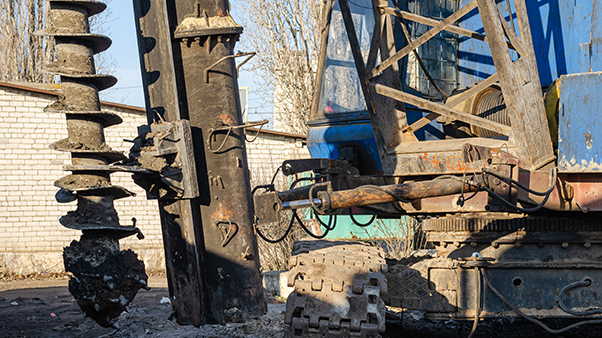
Outrigger pads are an integral component of crane safety, providing stability and support to the crane’s outriggers during lifting operations. These pads, often made from durable materials, play a crucial role in distributing the load and preventing the crane from sinking into the ground. Lets delve into the importance of outrigger pads and explore their key features.
Stability and Load Distribution:
– Outrigger pads are designed to enhance the stability of cranes during lifting operations. The outriggers, extended to provide a wider support base, rest on these pads. The primary function of outrigger pads is to distribute the load over a larger area, preventing excessive ground pressure that could lead to sinking or instability.
Material Composition:
– Common materials used for outrigger pads include high-density polyethylene (HDPE), UHMW polyethylene, and composite materials. These materials are chosen for their durability, resistance to chemicals and weathering, and ability to withstand heavy loads. The composition of outrigger pads ensures a reliable and long-lasting solution for crane support.
Size and Thickness:
– The size and thickness of outrigger pads vary based on the crane’s size, weight, and the ground conditions of the job site. Larger and thicker pads are used for heavier cranes and softer ground to provide adequate support and load distribution. It’s essential to select outrigger pads that match the specific requirements of the crane and the working environment.
Versatility:
– Outrigger pads are versatile accessories that can be used in various industries and applications. Whether it’s construction, industrial projects, or utility maintenance, outrigger pads offer a solution for ensuring crane stability across diverse settings. Their versatility makes them a valuable asset for crane operators working in different environments.
Easy Handling and Transport:
– Despite their robust nature, outrigger pads are designed for easy handling and transport. Many pads come equipped with handles or rope handles for convenient maneuvering. The lightweight nature of materials like HDPE contributes to ease of handling, allowing crane operators to deploy and retrieve outrigger pads efficiently.
Weather Resistance:
– Crane operations often take place in challenging weather conditions. Outrigger pads are built to withstand exposure to various elements, including rain, snow, and extreme temperatures. Their weather-resistant properties ensure that they maintain their structural integrity and performance even in harsh outdoor environments.
Compliance with Safety Standards:
– To ensure crane safety and compliance with industry standards, outrigger pads should meet specific safety criteria. This includes load-bearing capacity, non-conductivity, and resistance to chemicals. Choosing outrigger pads that adhere to these standards is crucial for the overall safety of crane operations.
Regular Inspection and Maintenance:
– Like any other crane accessory, outrigger pads require regular inspection and maintenance. Checking for signs of wear, damage, or deformities ensures that the pads remain in optimal condition. Damaged outrigger pads should be replaced promptly to maintain crane safety.
In conclusion, outrigger pads are indispensable components of crane operations, providing the necessary stability and load distribution for safe lifting activities. Whether on construction sites or industrial projects, the reliability and versatility of outrigger pads contribute to the overall efficiency and safety of crane operations. Choosing the right outrigger pads and incorporating proper maintenance practices are essential steps in ensuring a secure and stable foundation for crane lifting.
Leave a Reply